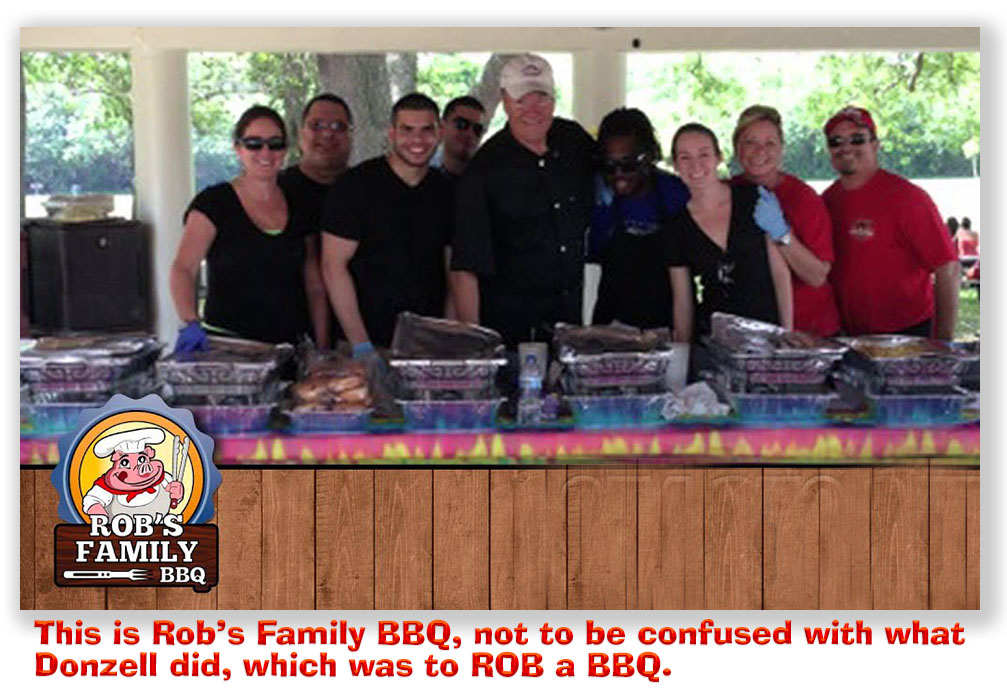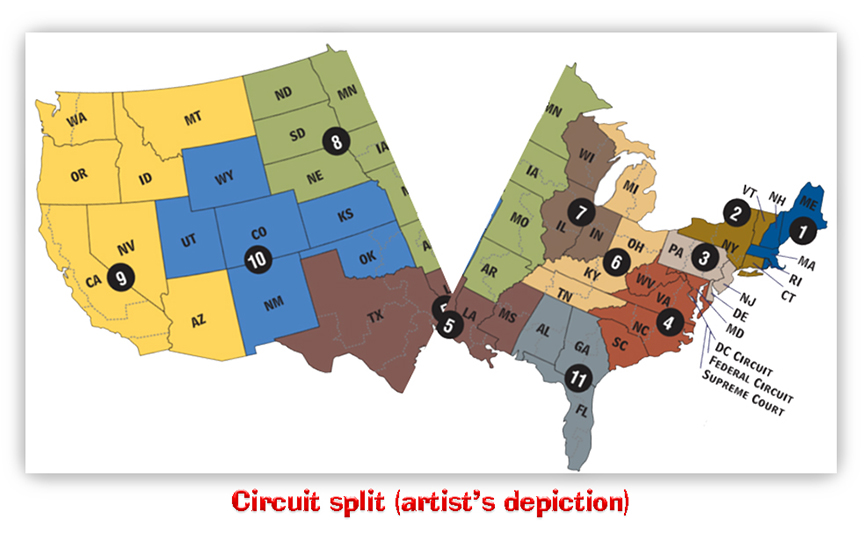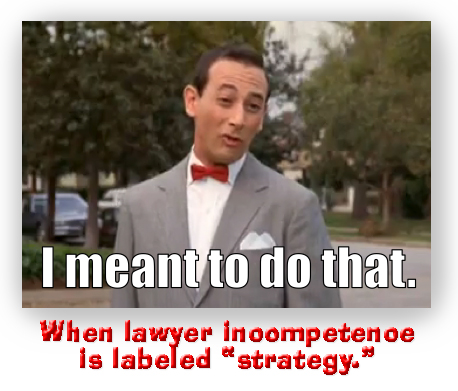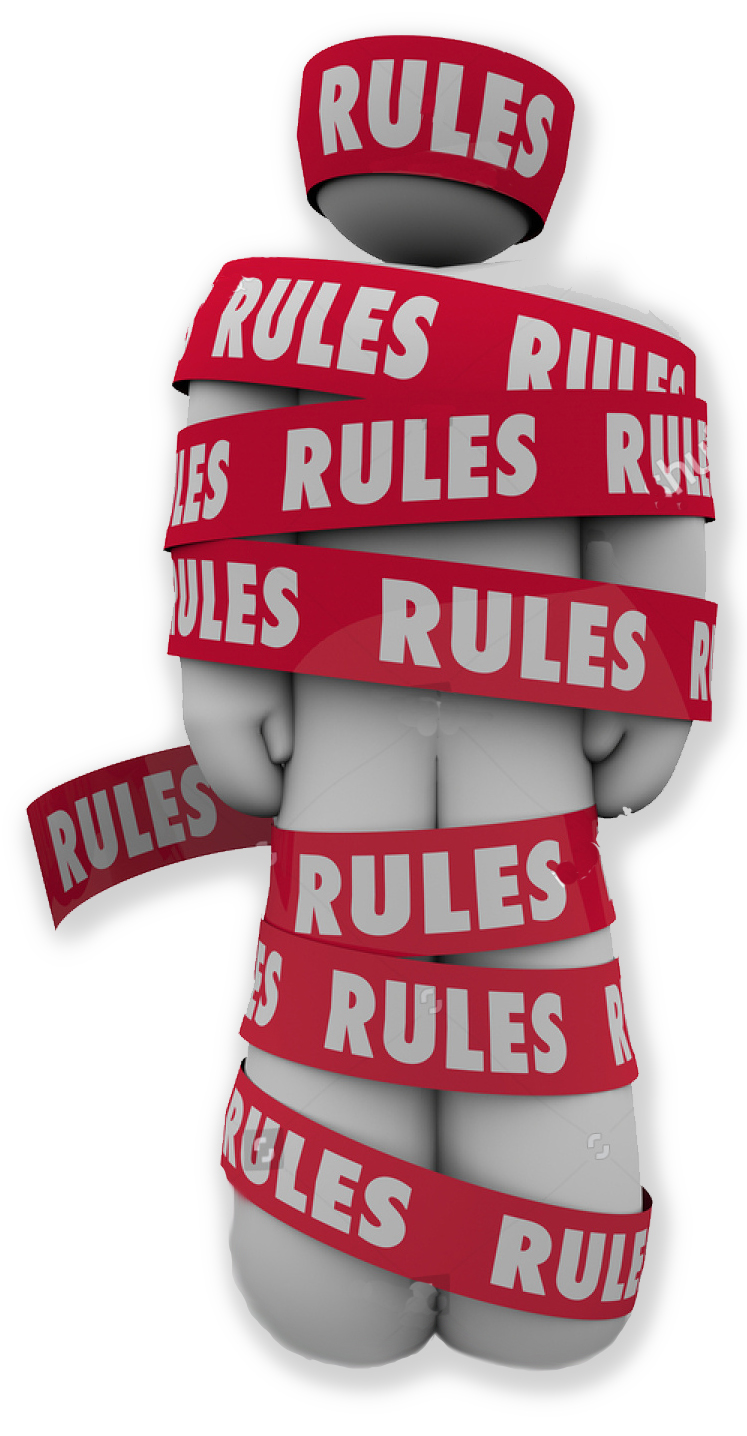We post news and comment on federal criminal justice issues, focused primarily on trial and post-conviction matters, legislative initiatives, and sentencing issues.

COUNSEL’S INVESTIGATION IS A GOOD IDEA, 3RD CIRCUIT SAYS
Socrates is reputed to have said that “the unexamined life is not worth living.” The 3rd Circuit reminded us last week that an attorney’s unexamined defense strategy is not worth crediting.
 Two guys, Ron Rogers and Demetrius Hayes, got into a shootout on a Philadelphia street. Neither one hit the other, but Ron’s friend Bill Green got hit by a stray bullet from Ron’s gun. He died, and both Ron and Demetrius were charged by the Commonwealth with murder.
Two guys, Ron Rogers and Demetrius Hayes, got into a shootout on a Philadelphia street. Neither one hit the other, but Ron’s friend Bill Green got hit by a stray bullet from Ron’s gun. He died, and both Ron and Demetrius were charged by the Commonwealth with murder.
Demetrius got tried first. One witness, Myra Summers, said she wasn’t sure who had fired first. Another witness, Tyrone Singleton – who was Demetrius’s friend – said Ron fired first. Demetrius was acquitted.
A week later, Ron went to trial. Now, Ty’s testimony took an abrupt turn, naming Demetrius — not Ron —as the first shooter. Without pointing out Tyrone’s flip, the prosecutor continued questioning Singleton for a bit before the trial judge ended proceedings early for the day. After excusing the jury, the judge admonished Ty for his inconsistent testimony, saying he committed “perjury on the record.” The judge warned Tyrone that if he was “playing some little game here,” the judge would ensure he “receive a maximum consecutive sentence” for perjury. The judge encouraged him to “[d]o some long hard thinking” before resuming his testimony, because if “you say that [Demetrius shot first] again, it is perjury.”
Through this harangue, Ron’s lawyer raised no objection.
Unsurprisingly, Tyrone got it. The next day, he suddenly remembered that Ron – not Demetrius – shot first. Ty explained he “made a mistake” the day before, chalking the error up to nervousness. Again, Ron’s lawyer said nothing. In fact, not only did he not object, he didn’t even bother to cross-examine Tyrone about the changed testimony. Ron was convicted of third-degree murder and sentenced to 16 to 32 years in prison.
Ron claimed ineffective assistance of counsel in a state post-conviction claim. When he lost, he took it to federal court, where a district judge held that the state court conclusion that Ron’s lawyer was not ineffective made perfect sense.
Last week the 3rd Circuit disagreed, and granted Ron’s 28 USC § 2254 motion. It rejected the claim of Ron’s attorney that “he had no basis for objecting to the admonishment because regardless of how Tyrone testified, his testimony would not have been determinative because he lacked credibility.” Counsel said his strategy was to rely on Myra Summers, who counsel said was the more credible witness despite the fact she had testified the week before that she didn’t see who shot first.
The 3rd Circuit complained that Ron’s counsel had neither seen nor read Myra’s testimony the week before. The Circuit observed that an attorney’s duty to test the government’s case requires that “defense counsel has done some investigation into the prosecution’s case and into various defense strategies”. The constitutional standard for ineffective assistance – established almost 40 years ago in Strickland v, Washington – is the same whether counsel screws up in a state or federal criminal proceeding. Here, the 3rd ruled, the state courts had unreasonably applied Strickland when they found Ron’s counsel’s performance adequate, “having failed to properly consider prevailing professional standards.”
 And that wasn’t all, the Circuit said. Pennsylvania law firmly established that a trial judge admonishing a witness about perjury if he or she persisted was reversible error. The witness says what the witness says, and any such threat in the middle of testimony puts “pressure on a witness to testify in a particular way.” For Ron’s lawyer to believe that the trial judge’s threats against witness Tyrone were permissible was deficient performance, the 3rd said. “An attorney’s ignorance of a point of law that is fundamental to his case combined with his failure to perform basic research on that point is a quintessential example of unreasonable performance under Strickland.”
And that wasn’t all, the Circuit said. Pennsylvania law firmly established that a trial judge admonishing a witness about perjury if he or she persisted was reversible error. The witness says what the witness says, and any such threat in the middle of testimony puts “pressure on a witness to testify in a particular way.” For Ron’s lawyer to believe that the trial judge’s threats against witness Tyrone were permissible was deficient performance, the 3rd said. “An attorney’s ignorance of a point of law that is fundamental to his case combined with his failure to perform basic research on that point is a quintessential example of unreasonable performance under Strickland.”
 “So too,” the appeals court said, with counsel’s later failure to cross-examine Ty regarding his changed testimony. “Counsel characterized Singleton as a liar, trying to help his buddy out, whose testimony would not be determinative of the outcome of this case, Not so,” the 3rd Circuit said. “Singleton was the only witness to ever claim Ron shot first — the ultimate issue in the case. And Singleton’s pre-admonishment testimony to the contrary, which aligned with Myra Summer’s original eyewitness statement, would benefit the defense by casting doubt on Singleton’s earlier implication of Rogers… Counsel’s performance [is] deficient when he, among other failures, neglected to “adapt his argument to the testimony in evidence.”
“So too,” the appeals court said, with counsel’s later failure to cross-examine Ty regarding his changed testimony. “Counsel characterized Singleton as a liar, trying to help his buddy out, whose testimony would not be determinative of the outcome of this case, Not so,” the 3rd Circuit said. “Singleton was the only witness to ever claim Ron shot first — the ultimate issue in the case. And Singleton’s pre-admonishment testimony to the contrary, which aligned with Myra Summer’s original eyewitness statement, would benefit the defense by casting doubt on Singleton’s earlier implication of Rogers… Counsel’s performance [is] deficient when he, among other failures, neglected to “adapt his argument to the testimony in evidence.”
But winning an ineffective assistance of claim also requires a finding of prejudice. The state court found Ron had not shown “that but for the act or omission in question, the outcome of the proceedings would have been different.” But Strickland is clear that the standard is just “a reasonable probability that . . . the result of the proceeding would have been different.” By requiring Ron to prove the outcome would have changed, the state court applied a standard “contrary to… clearly established Federal law, as determined by the Supreme Court.”
Rogers v. Superintendent Greene SCI, Case No. 21-2601, 2023 USApp. LEXIS 23748 (3d Cir. Sep. 7, 2023)
– Thomas L. Root


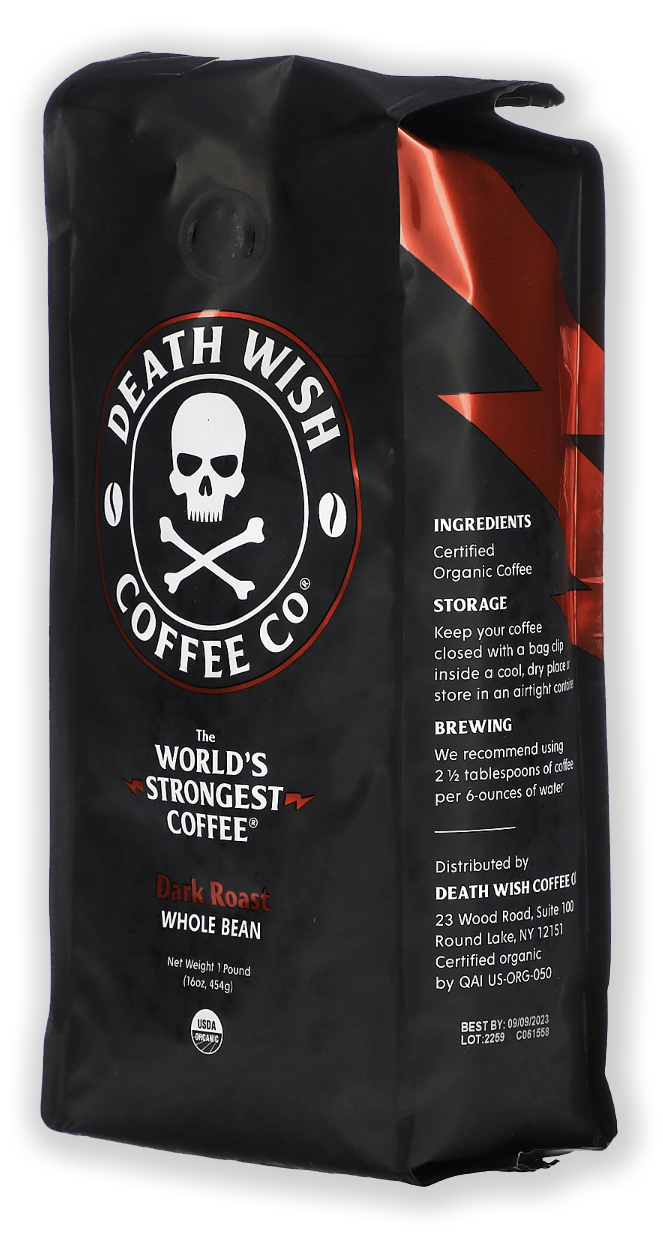

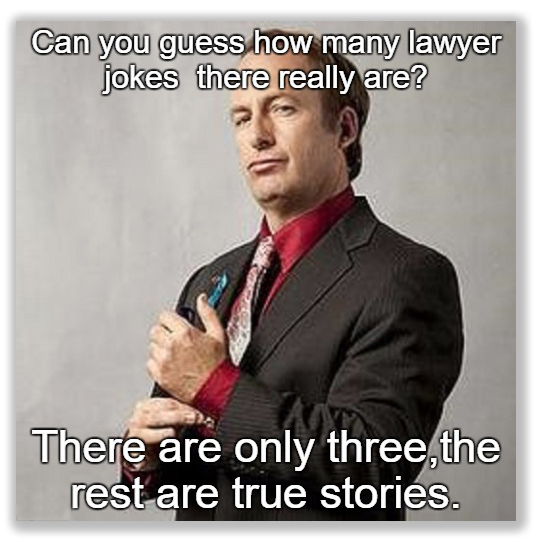


 The Supreme Court held in the 2009
The Supreme Court held in the 2009 





